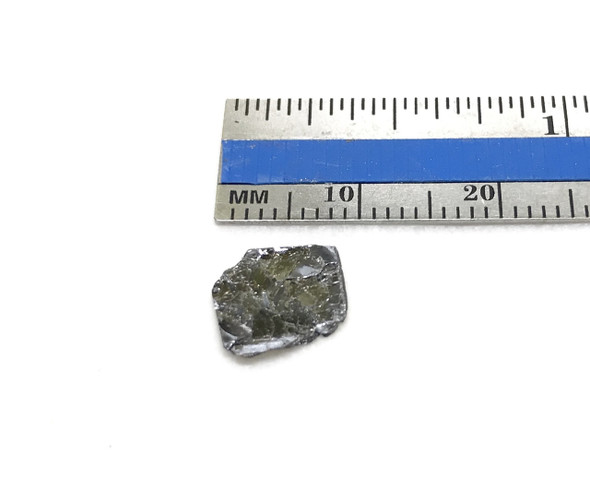Description
We provide the world's largest size commercially available GaSe crystals at the highest quality GaSe and affordable prices. Our crystals exceed competing crystals both in size and quality.
Description
Undoped GaSe crystals growth by Bridgman or chemical vapor transport techniques. Undoped GaSe crystals exhibit highly layered characteristics and are ideal for exfoliation, device fabrication, optics, and other optoelectronics related experiments. Our crystals are developed and optimized in the last 15 years to offer highest grade (optical, electronic, and photonic grade) perfectly layered crystals.The physical properties of GaSe crystals
| Sample size | centimeter or larger in size |
| Properties |
Direct gap semiconductor (2 eV direct gap semiconductor) |
| crystal structure and exfoliation | Hexagonal phase a=b=0.376 nm c=1.596 nm,α=β=90° γ=120° Very easy to exfoliate |
| Production method | Default Bridgman growth technique (Undoped, p-Type, n-Type) CVT grown GaSe crystals available |
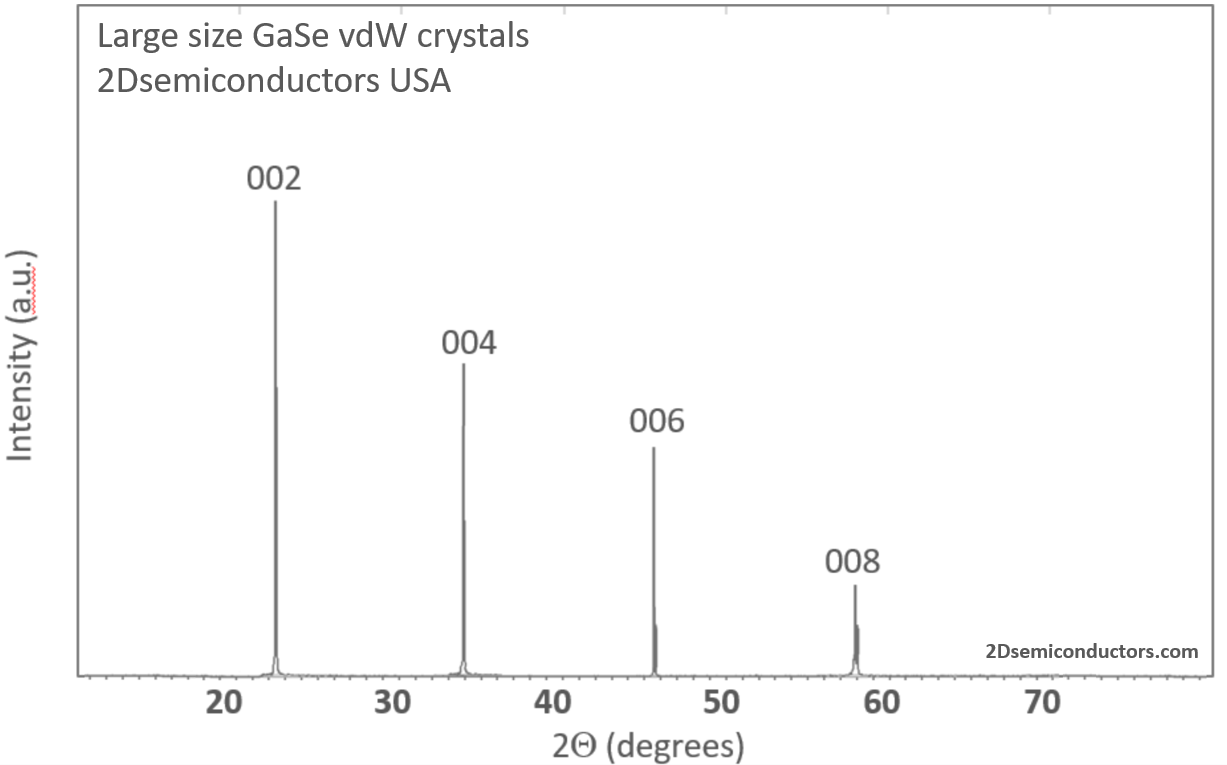
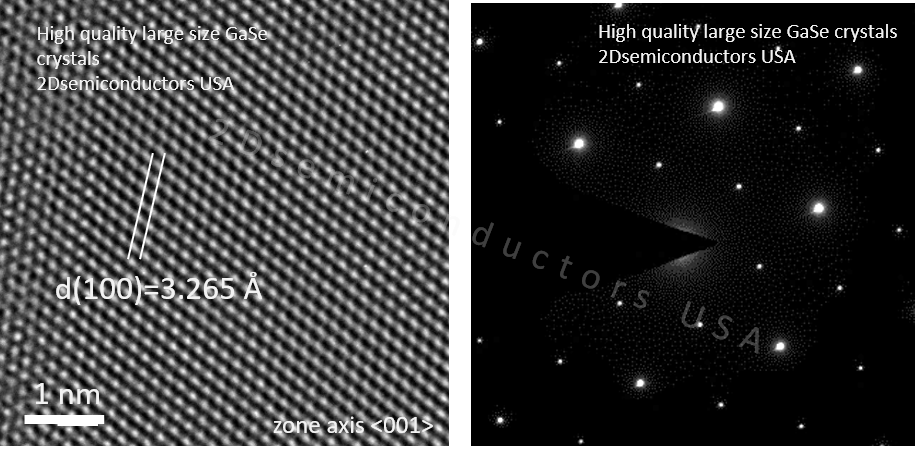
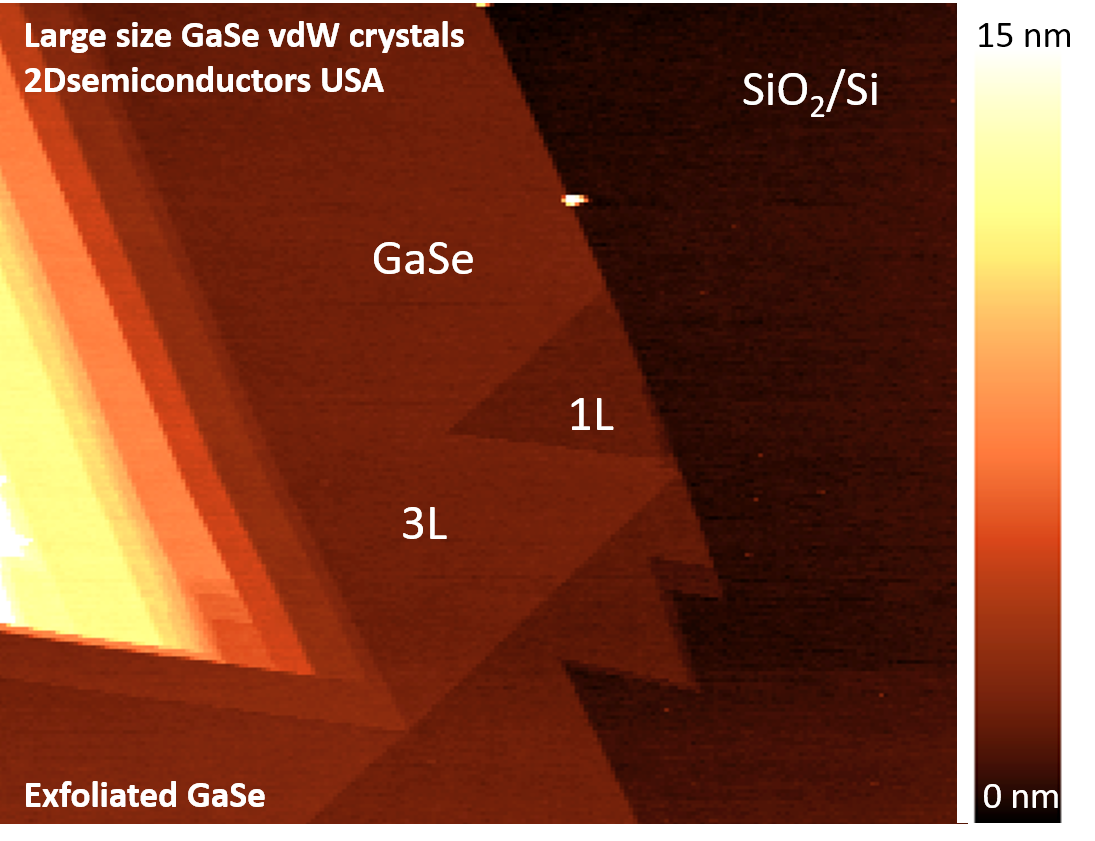
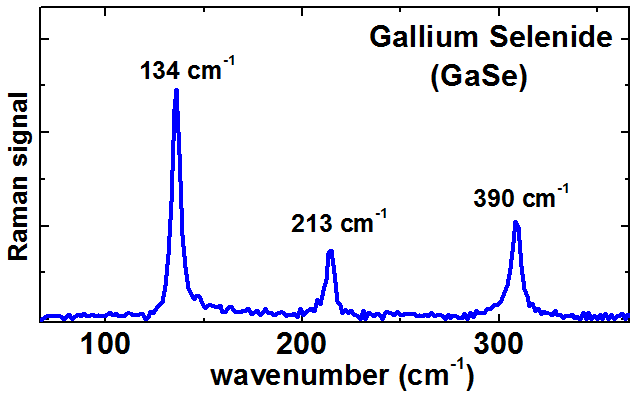
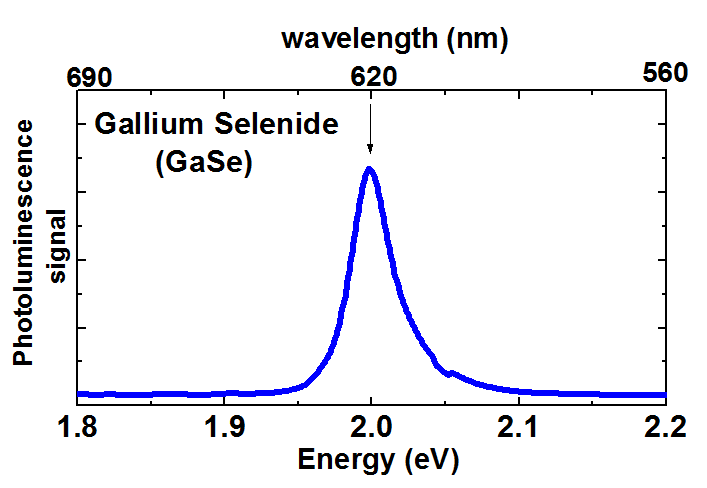
Understanding and Mitigating the Degradation of Optical Emission from Exfoliated Ga₂Se₂
ACS Applied Optical Materials, 3(8), 1757–1765
DOI: 10.1021/acsaom.5c00195
Unconventional Bias-Dependent Tunneling Magnetoresistance in van der Waals Ferromagnetic/Semiconductor Heterojunctions
Nature Communications, 16, 9509
https://doi.org/10.1038/s41467-025-64551-3
A GaSe/Si-Based Vertical 2D/3D Heterojunction for High-Performance Self-Driven Photodetectors
Nanoscale Advances, 4, 479–490
Layer-Dependent Nonlinear Optical Properties and Stability of Non-Centrosymmetric Modification in Few-Layer GaSe Sheets
Angewandte Chemie
https://onlinelibrary.wiley.com/doi/epdf/10.1002/anie.201409837
Synthesis of Few-Layer GaSe Nanosheets for High-Performance Photodetectors
ACS Nano, 6(7), 5988–5994
Investigation of Thickness-Dependent Optical and Optoelectronic Properties of Mechanically Exfoliated GaSe Nanoflakes
ACS Applied Electronic Materials, 5(1), 451–460
DOI: 10.1021/acsaelm.2c01453
Large and Tunable Magnetoresistance in van der Waals Ferromagnet/Semiconductor Junctions
Nature Communications, 14, 5371
https://doi.org/10.1038/s41467-023-41077-0
Resonance and Antiresonance in Raman Scattering in GaSe and InSe Crystals
Scientific Reports, 11, 924
https://doi.org/10.1038/s41598-020-79411-x
Additional Information
Elements: |
Ga,Se |
Element: |
Gallium |
Element: |
Selenium |
Formula: |
GaSe |
Material class: |
MX |
Properties: |
Semiconductor |
Band gap range: |
VIS |
Growth method: |
Bridgman |
Growth method: |
CVT |
Doping: |
Undoped |
Doping: |
p-Type |
Doping: |
n-Type |
Growth method: |
Flux |





















